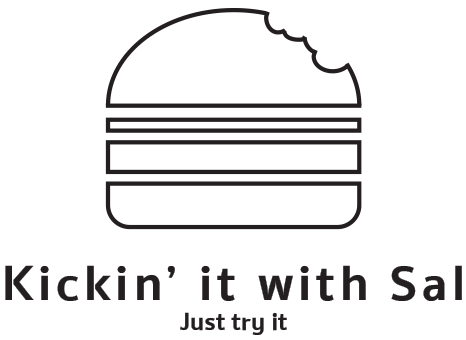Welcome to Food Feuds, where we rate similar dishes from different countries to figure out who does it better!
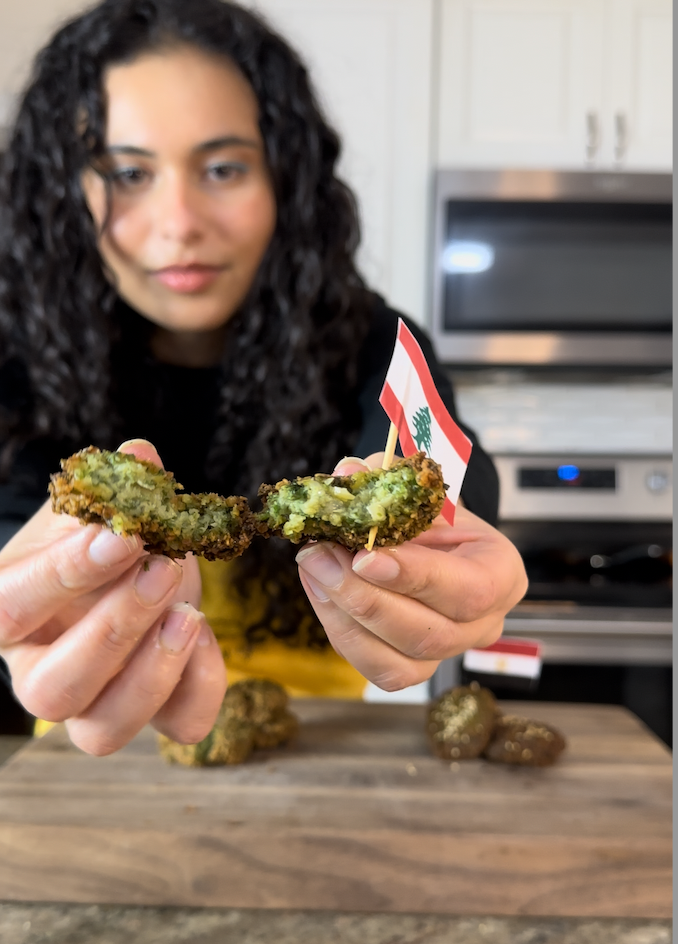
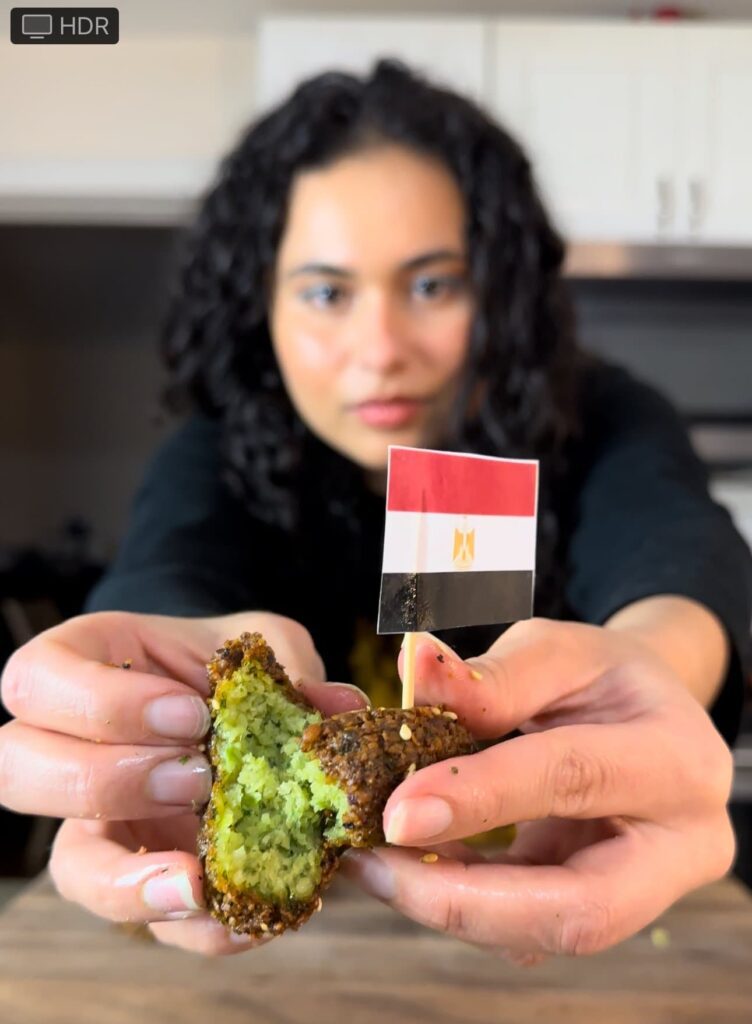
What is Falafel?
Falafel is a popular Middle Eastern dish made from ground chickpeas mixed with various herbs and spices, and then deep-fried or baked to create small, round patties or balls. Common ingredients in falafel include garlic, onions, coriander, cumin, and parsley. This dish was made popular by the Levant people (Lebanon, Palestine, Syria).
In recent years, falafel has transcended cultural boundaries, becoming an international sensation and leaving its mark on street food scenes from Lebanon to New York. Its popularity as a quick, flavorful, and vegetarian-friendly snack has turned it into popular and widespread dish all over the world. The versatility of falafel has allowed it to adapt to various culinary preferences, with each region adding its own unique twist to this beloved chickpea creation.
The popularity of different falafel variations can be attributed to regional preferences and cultural traditions. While chickpea-based falafel dominates in most of the world, the Egyptian-style falafel made with fava beans might not be as well-known globally. Variances in taste and texture preferences, coupled with ingredient availability, contribute to the popularity of chickpeas. The popularity of chickpea falafel could be due to the fact that many Lebanese diaspora have marketed their cuisine around the world very well.
The rise of falafel speaks to the growing awareness and appreciation for plant-based alternatives in modern age diets. With its satisfying texture and savory taste, falafel has become a staple for vegetarians.. Whether enjoyed in a pita pocket, as part of a salad, or on its own with a side of tahini sauce, falafel continues to be consumed all around the world.
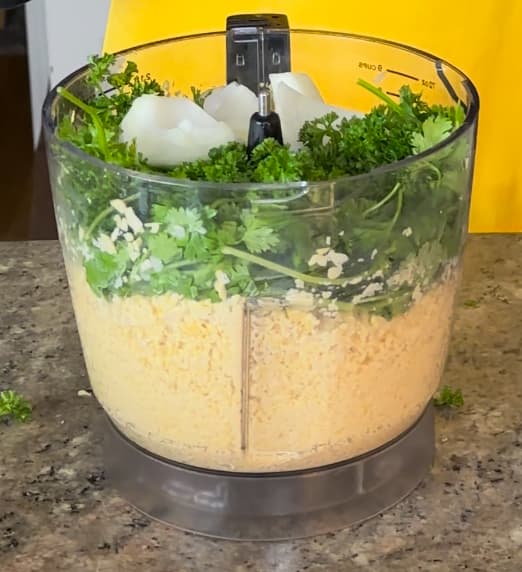
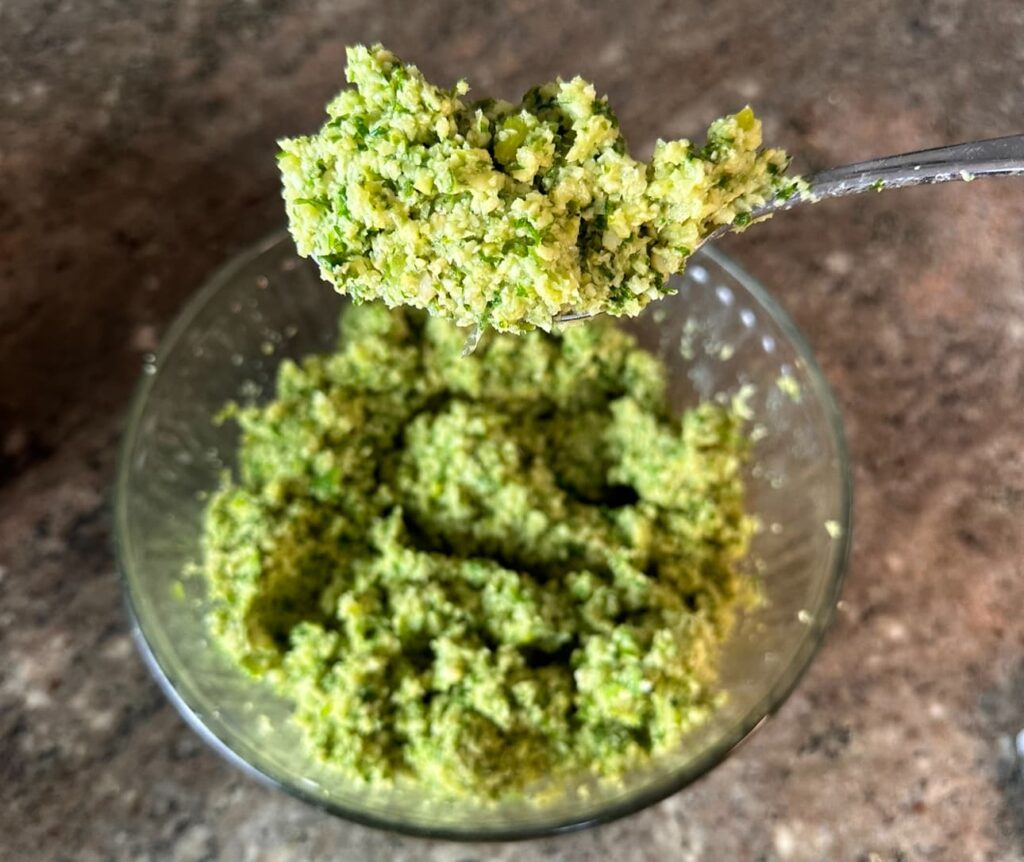
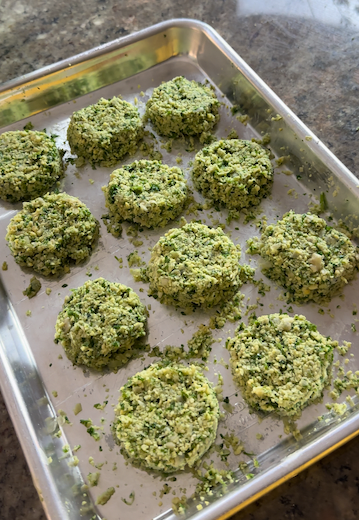
What is Ta’ameya?
Egyptian-style Ta’ameya typically incorporates fava beans, along with herbs like parsley, leeks and cilantro, and spices such as cumin and coriander. The mixture is often deep-fried to achieve a crispy exterior. It’s best enjoyed with tahini sauce or tucked into a warm pita!
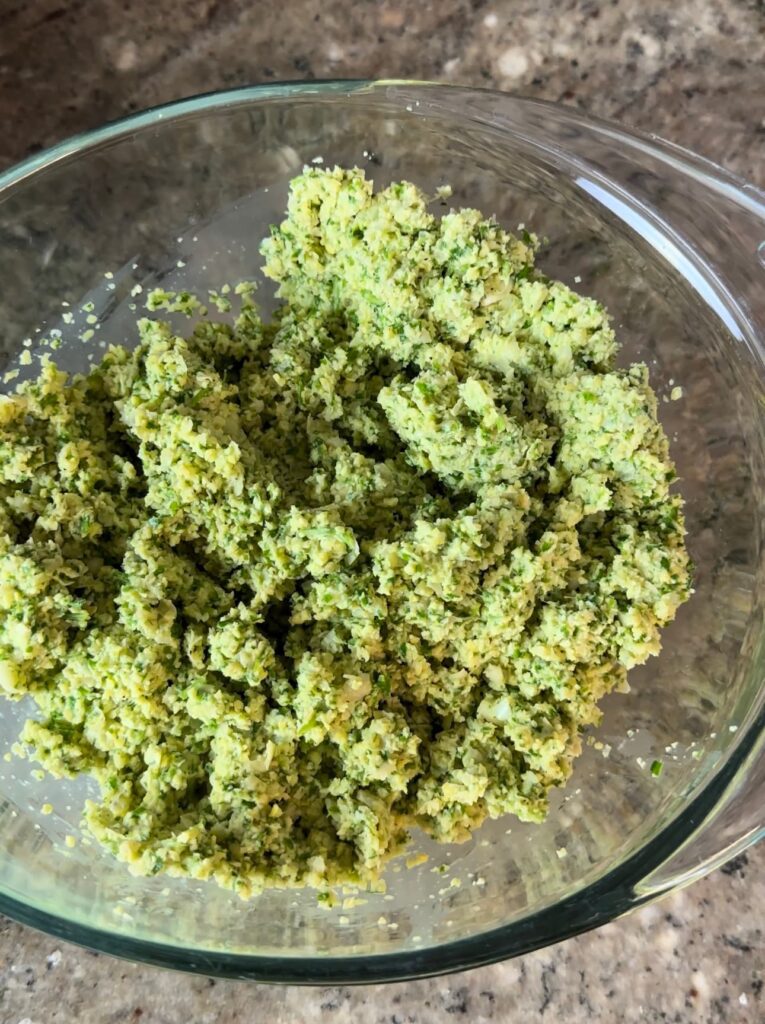

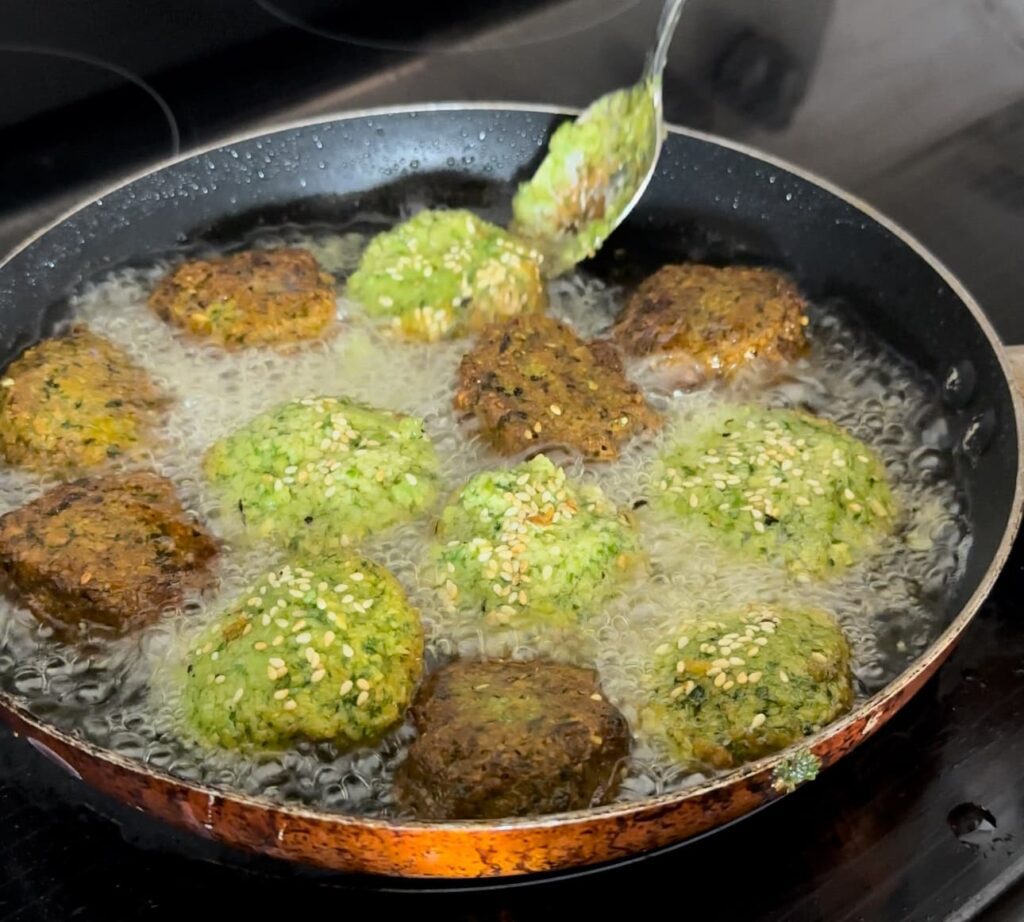
It is said that Ta’ameya has traces to Ancient Egypt and might be the true original falafel. Egyptians take pride in their falafel as it is a common and affordable breakfast staple.
During my visit to Egypt last year, I approached a local street vendor and offered to assist in making falafel. Using a large granite stone, akin to the size of the largest mortar and pestle, I mixed the falafel ingredients. The process resembled an ancient method, reminiscent of Ancient Egypt, showcasing a very traditional way of preparing ta’ameya.
Falafel vs Ta’ameya Food Feuds
In the latest episode of Food Feuds, we took a flavorful journey comparing Lebanese-style falafel with its Egyptian counterpart, Ta’ameya. The battle between these Middle Eastern delights revolves around their distinct textures and flavors.
One common critique of falafel, especially the Lebanese style found in fast-food joints, is its tendency to be dry and chalky. However, in this episode, we tackled this concern head-on with Sal’s homemade recipe that introduces a game-changing element—more herbs remarkably fluffy and softer interior falafel. This culinary innovation addresses a common complaint and elevates the overall dining experience.
The debate between fava beans and chickpeas adds an extra layer of complexity to the falafel experience. Some people lean towards the mild flavor of fava beans, appreciating the unique taste they bring to the table, while others swear by the consistency and familiarity of chickpeas.
Food Feuds continues to explore these culinary face-offs, providing insights that go beyond taste preferences. The episode not only offers a solution to the dryness issue but also delves into the cultural and regional nuances that make Lebanese-style falafel and Egyptian Ta’ameya standout contenders in the world of street food.
Sensory Analysis
The preference between falafel and ta’aymeya is highly subjective and I am offering my own opinion based on the recipes I made. I have tried both of these in the hearts of these countries so I have that perspective as well.
- Taste/Texture: 9/10 The falafel recipe I developed had an additional amount of herbs added to the mixture. The addition of more herbs introduced more moisture to the falafel which brought a fantastic flavor and texture profile. The falafel mixture had a hard time holding it’s shape when I formed the patties but once it started frying it held the shape fairly well. The chickpeas offered a nice chew to the falafel and the herbs made the falafel more moist and flavorful.
- Most falafels recipes do not call to add a lot of herbs but I opted to add more. Usually when you do not add a lot of herbs I find typical falafel to be dry and chalky. It sometime gets stuck in the back of my throat. This falafel recipe I made eliminates that experience.
- Appearance: 8/10 The chickpea based falafel was overall thinner in appearance. Due to it’s thinness, I found it to be more crispy and chewy. In addition, since I added a lot more herbs than most falafel recipes, the falafel appeared to greener than a typical falafel. The interior was green which isn’t as common, it usually tends to be more beige in color without the addition of a lot of herbs. This recipe was great!
- Overall: 8.5/10 I think because it was made into a patty shape it cooked thoroughly in the inside and outside. Important to note that it would break quite easily. There was a lot of surface area that was exposed because the chickpea granules have a larger particle size. From observation, it seems like the heat and oil was able to penetrate through the layers better and in a way cook the inside of the falafel, which made it taste soo good.
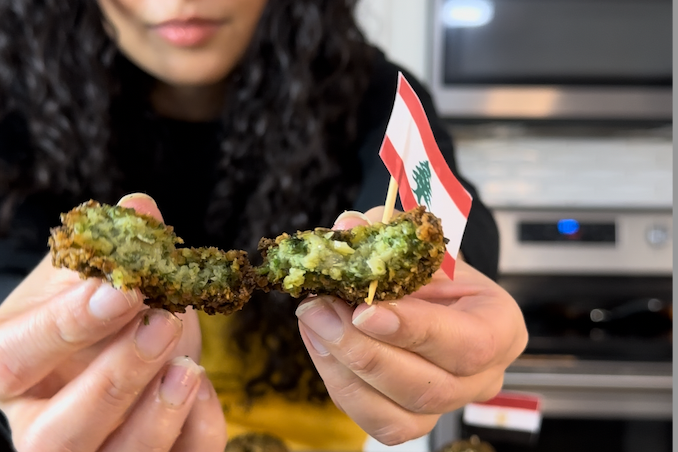
- Taste/Texture: 8/10 The ta’ameya was crispy on the outside and soft and fluffy on the inside. It was a very smooth texture and delicious. I felt like the inside was a bit too soft and I prefer a crispy texture all around. I could of resolved this issue by making it into patties instead of a more spherical shape.
- Appearance: 9.5/10 This vibrant green blend was visually appealing, thanks to the incorporation of leeks, parsley, and coriander, all of which contributed to its striking color while enhancing its earthy flavor and creamy texture. The fava beans maintained a cohesive and light, fluffy consistency, evident both before and after frying.
- Upon closer inspection, the smaller particle sizes and compact composition of the mixture appeared to hinder the penetration of heat and oil, leading to an minimal cooking of the interior. In various respects, this might be considered beneficial, as it ensures the interior retains its desirable fluffy texture. In my opinion, I like crispy.
- Overall: 8.75/10 The vibrant green interior was beautiful when opened. I also found it to be quite softer to eat. The one thing I would have done different was make it into small patty shapes. I didn’t like how minimally cooked the interior was and I would of preferred more crunch.
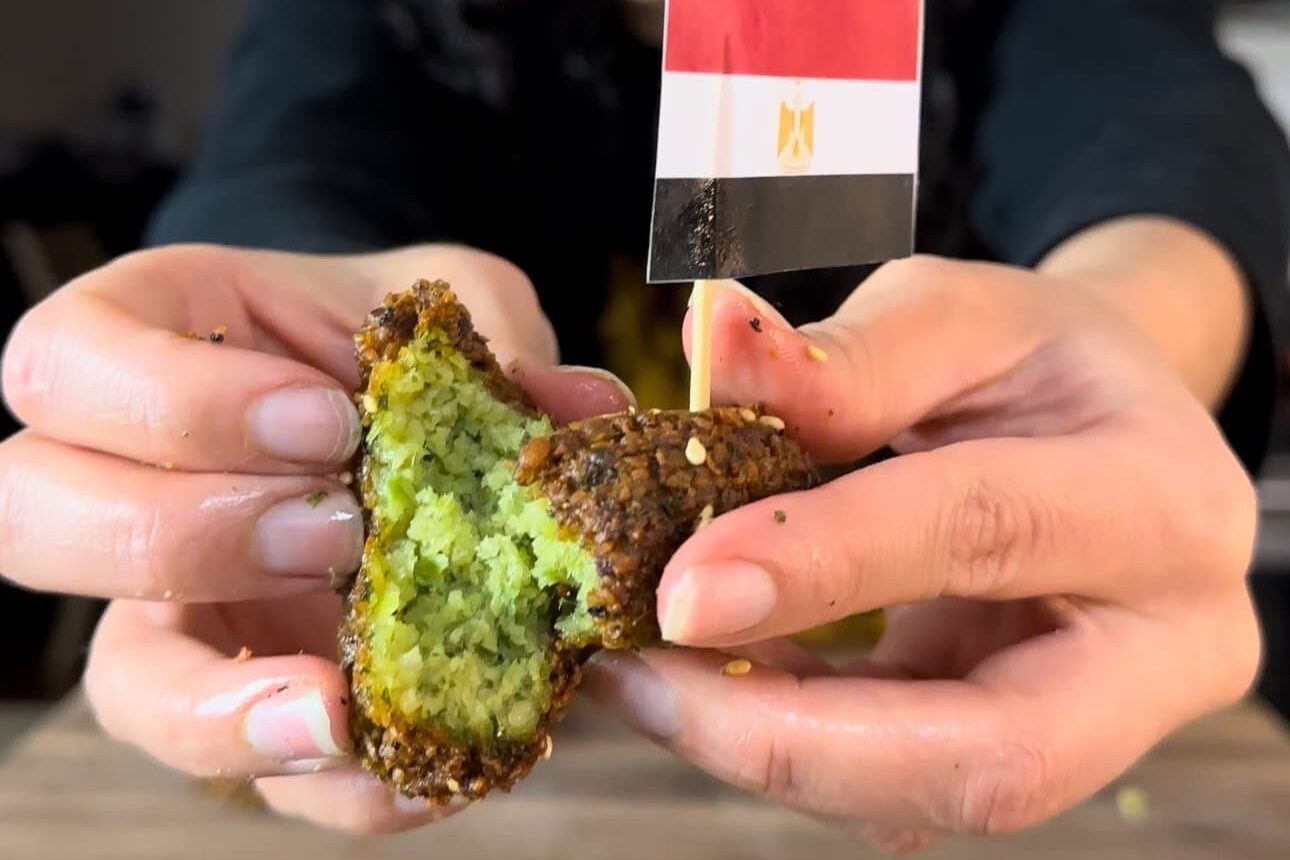
Winner Winner
Ta’ameya by a very small margin.
This was a hard one to choose because they were sooo close. In the future, I think it would of been better if I combined half chickpeas with half fava beans. I would of gotten a medium sized particle size and the oil and heat would be able to penetrate and cook the interior a bit. It would also be just as flavorful, fluffy and crispy.
